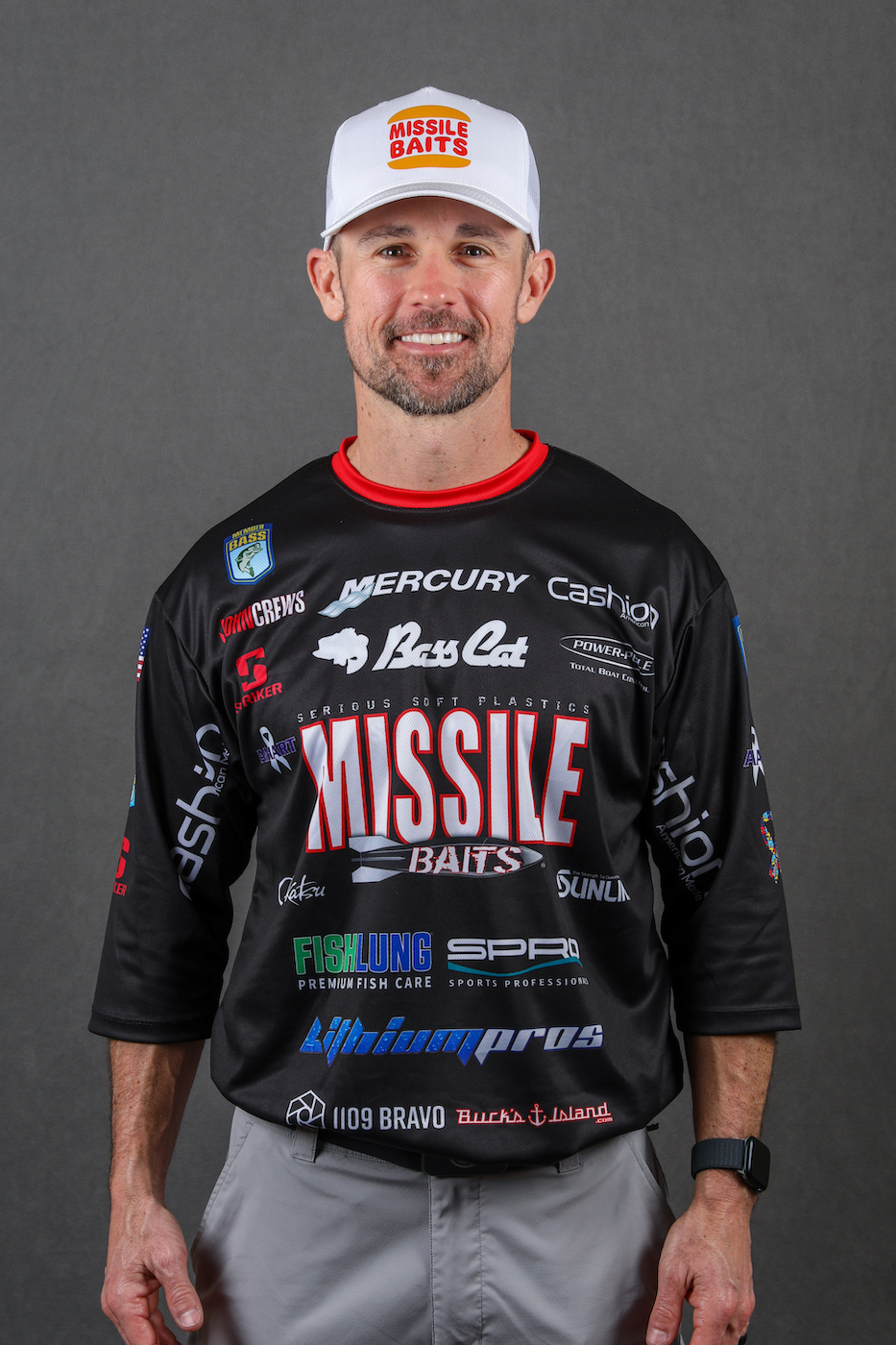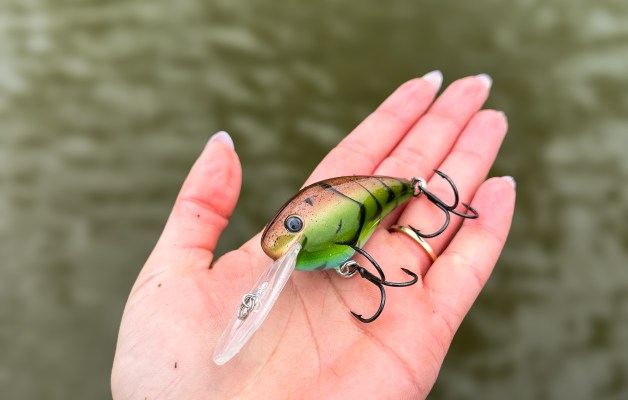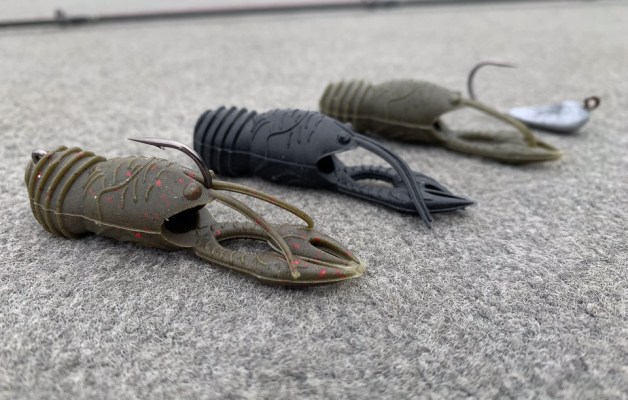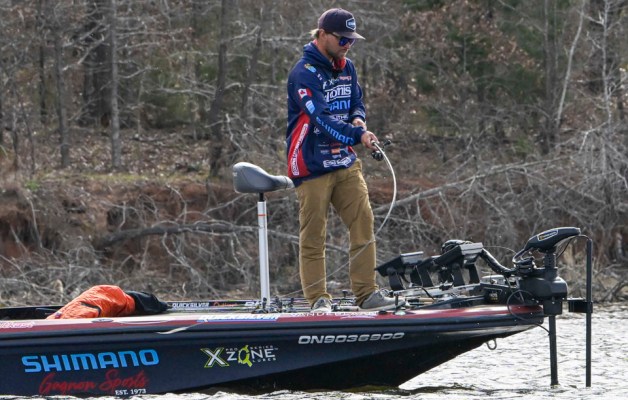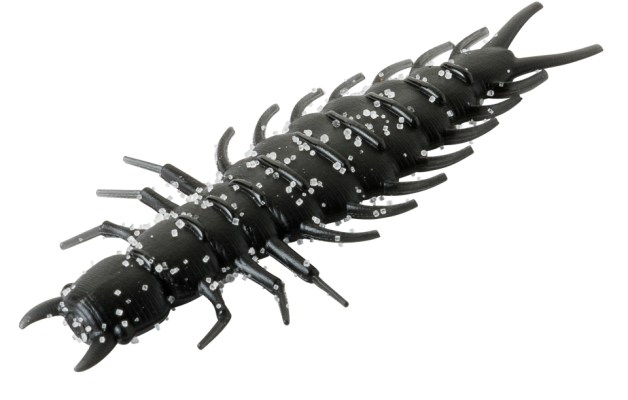Line size matters. It’ll sometimes mean the difference between catching them and not catching them. Don’t ever let anyone tell you otherwise. But, the reasons for that difference are often misunderstood. Let’s talk about some of the misconceptions.
The first big misunderstanding, I think, is that fish see and avoid heavy line. They probably do see it, but that doesn’t mean they pay any attention to it. Let’s be honest here; they swim into rope nets. If they were afraid of heavy line, that wouldn’t happen. What’s more likely is that they don’t pay any attention to line because they don’t perceive it as a threat.
The real effect of line size is how it affects lure movement, action and running depth.
Line size has the most effect on jerkbaits, crankbaits and drop shot rigs. The smaller the diameter, the more action the bait will show the fish and, with jerkbaits and crankbaits, the deeper they’ll run. The opposite is true with bigger diameter lines. In some cases this may be preferable but be very careful. Thick, heavy line can ruin the action of these lures and make them look unnatural in a hurry.
Line size has the least effect on jigs. Typically jigs are crawled across the bottom. Line size won’t have any effect on what the lure does although it may affect the rate of fall.
The situation is a little different with Texas rigged baits. As a general rule the bigger and bulkier the bait the less sensitive it will be to line size. Baits like a Missile D Bomb are not affected much by line size.
But, baits like a Missile Craw — narrow with two thin tentacles — are very much affected. Line size matters with plastic stickbaits, too. Big line will deaden, or kill, their natural looking movement as they fall.
Most recreational anglers can get along quite well using three lines. A good start is 10-pound-test monofilament, 14-pound-test fluorocarbon and 20-pound-test monofilament. There’s no sin in using all fluorocarbon, however.
I recognize the reality that not everyone can stock several reels with different line types and sizes in their boat. That can get expensive. Nevertheless, you can still change lines to get the lure effect you want by spooling a braid backing on your reel and then tying a 15-foot monofilament or fluorocarbon leader to it. It’ll be reasonably secure if you use the right knot. In my experience your best options are a Uni to Uni knot or an Albright.
Making the best decisions when it comes to choosing a line size is useless if you don’t secure it to your lure properly. I tie my baits to monofilament and fluorocarbon line using a San Diego Jam knot. I tie my baits to braid with a Palomar.
Up to this point I haven’t recommended any particular manufacturer of line. All lines have their own characteristics, and every angler has his or her preference.
I fish with Sunline. Their monofilament and braid are of the highest quality. I’m especially impressed with their fluorocarbon. They have lines like FC Sniper that is designed to have less stretch and be supple for applications like spinning and deep cranking while others like the Shooter Power are perfect for flipping with high abrasion resistance and just a touch more stretch. There’s something for every application.
Think about your line this year. It’s an easy way to get more out of your lures.

